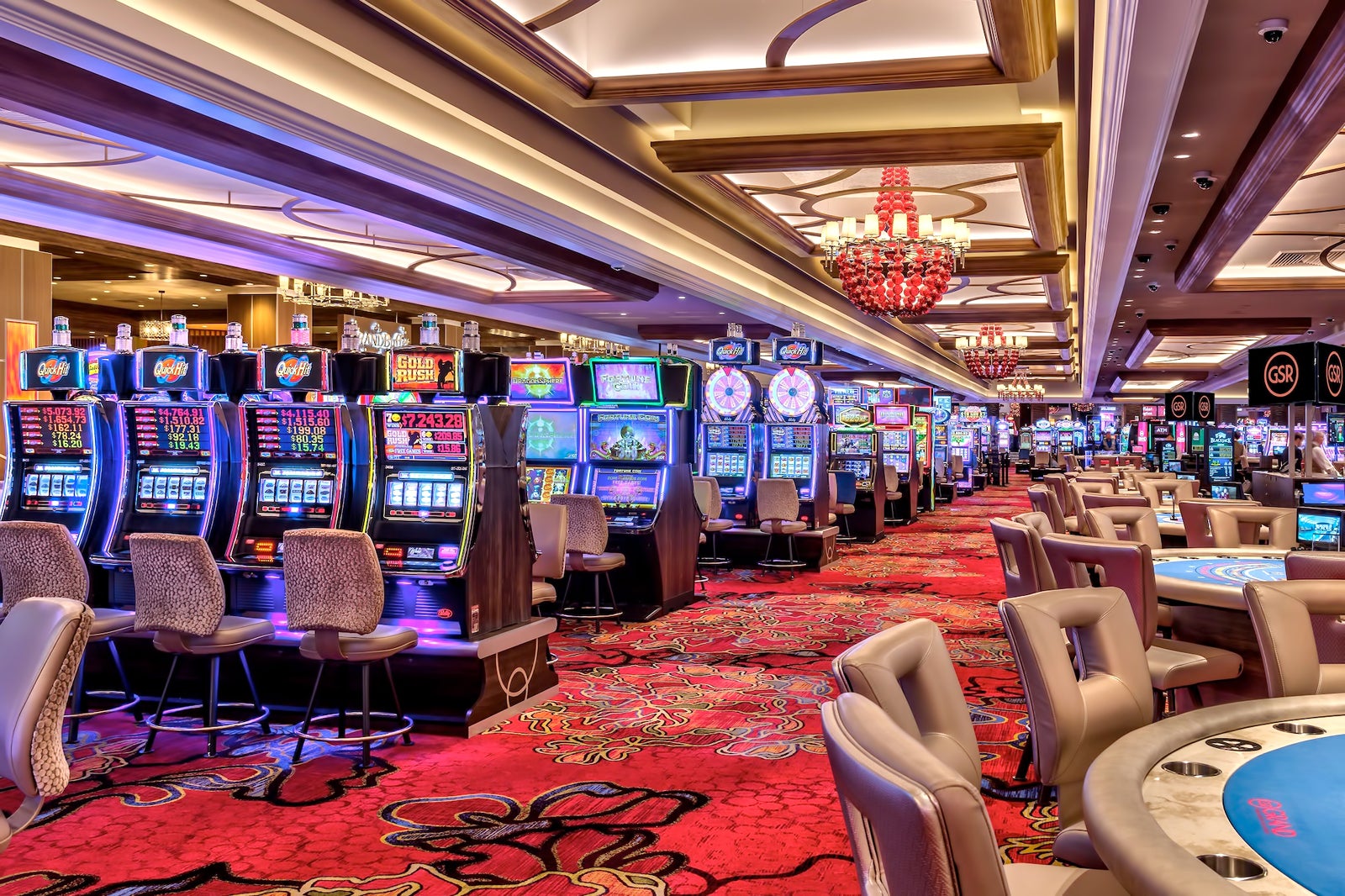
Within a vibrant and stimulating world of gaming establishments, wherein luck and strategy intertwine, color and design play a pivotal role in drawing in gamblers. As soon as players step into a casino or access a gaming website, they are enveloped in a visual feast that grabs their attention and entices them to discover more. Vivid colors, captivating graphics, and innovative layouts are carefully crafted to create an environment of thrill and anticipation, ultimately enhancing the gaming encounter.
As gamblers move through the dynamic landscape of casino games, they encounter a variety of designs that not only serve visual purposes but also influence emotions and choices. Colors like scarlet and gold symbolize riches and luck, while calm blues and emeralds can create a more relaxed environment. Grasping how these elements work together allows casinos to create an inviting and stimulating atmosphere that encourages players to interact with the games, spend additional time at the tables, and increase their overall enjoyment.
The Science of Color in Gaming Establishments
Hue plays a crucial role in the creation of gaming experiences, influencing players’ emotional states and actions. Lively and striking hues, such as scarlet and amber, are often used to ignite thrill and capture attention. These hues create a sense of pressure and vitality, encouraging players to engage more readily with the activity. By intentionally selecting colors, designers aim to evoke emotions of joy and anticipation, which can enhance the overall game experience.
Various hues also have psychological connotations that can impact how gamblers perceive their possibilities of winning. For example, emerald is frequently associated with good fortune and wealth, making it a frequent choice in activities like the roulette wheel and poker setups. This link can result gamblers to feel more positive and assured in their play, ultimately motivating them to wager more. Understanding these associations allows game creators to design environments that enhance player happiness and retention.
Furthermore, the layout of gambling game interfaces often uses blended colors and contrasting colors to instruct players’ responses. For case, successful outcomes may be emphasized with vivid, opposing hues, creating a visual reward. This approach reinforces successful results and encourages repeated participation. By exploiting the psychology of color, casinos can develop activities that not only draw participants but also keep them involved and dedicated in their play experience.
Creative Elements that Engage Gamers
The visual appeal of gambling games is largely influenced by the implementation of vibrant colors. Lively and striking colors are strategically chosen to create an appealing atmosphere that captures attention. 789P For instance, reds and golds often signify good fortune and wealth, which is why they are common in the palettes of gaming machines and game surfaces. These colors not only draw players in, but they also evoke emotions associated with excitement and anticipation, enhancing the overall gaming experience.
In parallel to color, the design and layout of gambling games play a significant role in player attraction. Games are designed to be user-friendly, ensuring that players can quickly understand the rules and gameplay. User-friendly interfaces, along with captivating graphics and animations, help maintain gamer interest and promote longer play sessions. The tactile elements, such as the texture of the buttons and the audio of the games, also contribute to a holistic sensory experience that keeps players immersed.
Finally, thematic elements in gaming design can significantly influence gaming decisions. Many casino games are inspired by popular culture, myths, or exploration motifs, incorporating symbols and characters that resonate with players. These themes create a sense of immersion and connection, making each game feel unique. When players feel a bond to the theme, they are more likely to opt for that game over others, leading to higher participation and excitement within the gambling environment.
Case Studies: Successful Casino Game Designs
One prime example of successful gambling game design is the popular slot machine series themed around hit movies. Games such as those based on the Wizard of Oz and Game of thrones utilize dynamic colors and top-notch graphics to engage players in familiar narratives. The application of dynamic visuals and captivating sound effects takes the focus of players, establishing an psychological connection to the theme. This strategy merely fosters longer play but also enhances the overall gaming experience, yielding increased player retention.
Another effective case is the application of the psychology of color in table games like 21 and the wheel. Casinos often develop these games with dark reds and greens, colors traditionally linked with luck and wealth. For instance, the emerald felt on a 21 table provides a calming effect, while the crimson accents in the wheel invite anticipation. This deliberate use of color helps to establish an inviting atmosphere that motivates players to participate, addressing their psychological impulses and boosting their enjoyment.
Finally, online casino games that feature community features and vivid, colorful designs have experienced remarkable success in engaging players. Games like Zynga’s Poker and Slot-O-Mania leverage vivid colors and playful animations to establish an inviting online environment. The integration of leaderboards, community sharing options, and in-game rewards promotes competition and community, attracting players in for longer sessions. Such designs merely make the games visually enticing but also emphasize social interaction, a key factor in player retention and engagement within digital casino environments.
